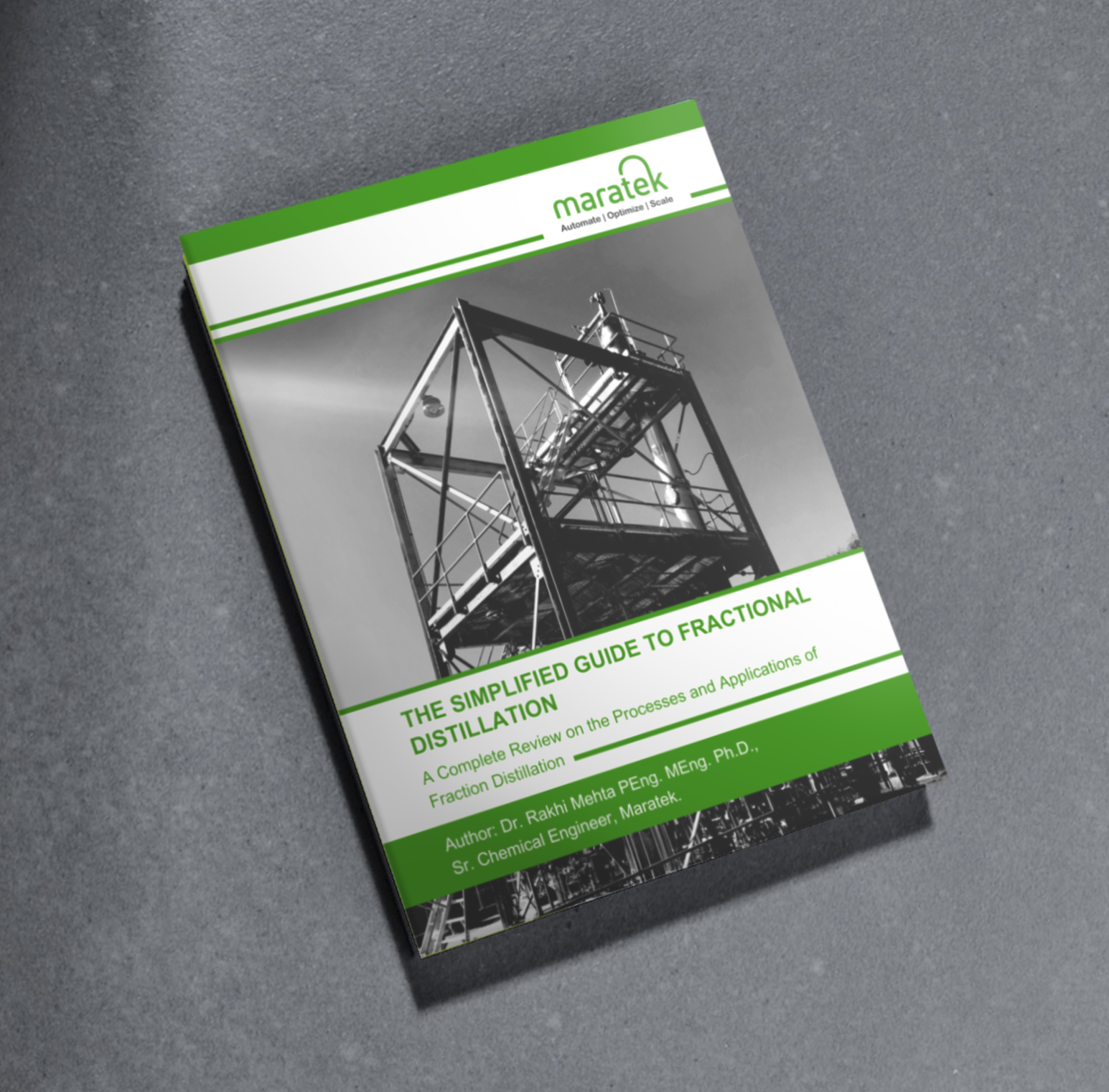The Principles and Operating Parameters of Fractional Distillation
 Welcome to an insightful journey into the realm of fractional distillation – a process of scientific precision and practical application. In this article, we will delve into the foundational principles and critical parameters that govern the world of fractional distillation.
Welcome to an insightful journey into the realm of fractional distillation – a process of scientific precision and practical application. In this article, we will delve into the foundational principles and critical parameters that govern the world of fractional distillation.
By delving into these intricate details, we aim to provide a comprehensive understanding of the inner workings of this essential process.
Join us as we navigate through the intricacies of separation, temperature profiles, pressure gradients, and more, shedding light on the factors that underpin successful fractional distillation.
Principle of Separation
The process of distillation takes advantage of the relative volatility differences of components in a mixture at a specific temperature and pressure.
There are clear differences in the composition of the liquid and vapor at equilibrium due to the partial pressure of components, which promotes separation. When equilibrium conditions are reached the heavy component which has a lower volatility and higher boiling point will move into the liquid phase. The light components which have a higher volatility and lower boiling point will move into the vapor phase.
Sections of a Distillation Column
A distillation column is divided into three distinct sections:
- The Rectification or Enrichment Section
- The Stripping or Exhausting Section
- The Feed or Flashing Section
Let’s begin with the rectification section which is made up of a collection of trays that sit above the feed stage. This is also known as the enrichment section. The component with the higher volatility is removed through contacting the rising vapor with the down-flowing liquid. It is recovered from the top of the section by being condensed and collected in a distillate drum.
The stripping or exhausting section, composed of trays located beneath the feed stage, facilitates the separation of more volatile liquid from the descending liquid via rising vapor.
The feed enters the column from its midpoint, constituting the feed or flashing section. This area is called the flash zone since part of the feed undergoes vaporization, commonly referred to as flashing.
Temperature Profile
Transitioning to the operational parameters of fractional distillation, one key factor is the temperature profile. Within a fractional distillation column, the temperature progressively increases from bottom to top. The base temperature remains slightly below the boiling point of the heavier component in a binary distillation.
Conversely, the upper temperature is marginally above the boiling point of the lighter component, ensuring its presence in the vapor phase. The reboiler, situated at the column's bottom, acts as a heat exchanger, maintaining temperature via heat duty adjustments.
The top temperature of the column is modulated by varying the reflux rate. Increased reflux entails cooler liquid descending against warmer ascending vapor, lowering the upper temperature. In essence, heat is added at the column's base and removed from the top. The temperature equilibrium is upheld through the dynamic interaction of hot vapor ascent and cool liquid descent within the column.
Pressure Profile
A pressure gradient emerges across the column, characterized by higher pressure at the base and lower pressure at the top. This occurs due to liquid descent obstructing vapor ascent, inducing pressure losses. In steady-state distillations, column pressure remains constant while temperature adjustments regulate product stream compositions.
Vacuum and Atmospheric Distillation Principles
Typically, solvent boiling points are evaluated at atmospheric pressure (1 atm or 760 mm Hg). When pressure decreases, so does the boiling point, aligned with the ideal gas law PV = nRT. The application of vacuum in a distillation chamber reduces the boiling point of liquids.
While distillation can be executed at atmospheric pressure, it's not advisable for solvents with exceedingly high boiling points. Ideally, the boiling point should fall within the range of 70°C to 170°C.
Lowering pressure via vacuum distillation proves advantageous, as it substantially reduces solvent boiling points. Introducing a vacuum of 150 Torr to 200 Torr in the distillation vessel can lower solvent boiling points by 30% to 40%.
Vacuum distillation becomes essential in various scenarios:
- Processing solvents with high boiling points.
- Processing solvents with auto-ignition points close to their boiling points.
- Contaminants disintegrate at high temperatures.
Fractional distillation is a complex process involving numerous technical concepts. At Maratek, our skilled engineers can design customized fractional distillation systems tailored to your waste stream. Our team can develop solutions to enhance solvent recovery, optimizing your return on investment. Reach out to Maratek today to learn more.





